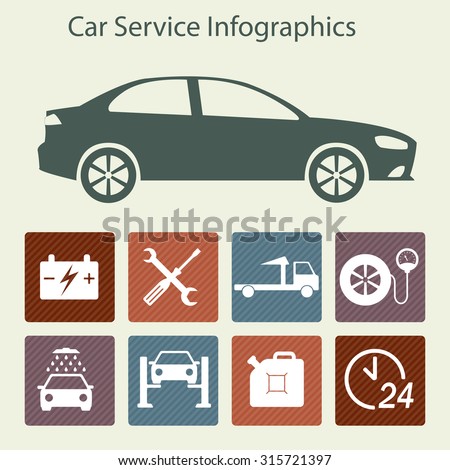Inform On Your Own On The Dashboard Warning Lights In Your Auto To Understand Their Influence On The Health And Safety Of Your Lorry
Inform On Your Own On The Dashboard Warning Lights In Your Auto To Understand Their Influence On The Health And Safety Of Your Lorry
Blog Article
Post Created By-Cheng Mendez
When you're behind the wheel, those beautiful caution lights on your control panel can be a little bit perplexing. Do you understand what they're attempting to inform you regarding your cars and truck's health? Comprehending the significance of these lights is vital for your security and the long life of your car. So, the next time one of those lights pops up, would not you intend to analyze its message precisely and take the needed steps to resolve it?
Common Caution Lights and Interpretations
Identify common caution lights in your auto and understand their significances to ensure risk-free driving.
One of the most regular warning lights include the check engine light, which indicates problems with the engine or discharges system. If this light begins, it's critical to have your vehicle checked quickly.
The oil pressure advising light shows low oil stress, needing prompt interest to prevent engine damages.
A blinking battery light may suggest a defective charging system, possibly leaving you stranded otherwise dealt with.
The tire pressure monitoring system (TPMS) light informs you to reduced tire pressure, impacting lorry stability and fuel efficiency. Neglecting the mechanic 2 could result in hazardous driving conditions.
The abdominal muscle light indicates a trouble with the anti-lock stopping system, jeopardizing your capability to quit rapidly in emergency situations.
Last but not least, the coolant temperature level warning light warns of engine overheating, which can cause extreme damage if not settled promptly.
Recognizing these common warning lights will aid you attend to problems quickly and keep safe driving conditions.
Relevance of Prompt Interest
Recognizing the typical caution lights in your automobile is just the first step; the relevance of quickly resolving these warnings can not be highlighted enough to ensure your safety when traveling.
When a warning light illuminates on your dashboard, it's your vehicle's method of connecting a potential issue that needs focus. Overlooking these cautions can cause much more extreme troubles in the future, jeopardizing your safety and potentially costing you a lot more in repairs.
Prompt focus to alerting lights can stop break downs and mishaps. As an example, a blinking check engine light might suggest a misfire that, if left unattended, might cause damages to the catalytic converter. Addressing this immediately can save you from an expensive repair.
Similarly, a brake system advising light might signal low brake fluid or used brake pads, crucial elements for your safety when driving.
Do It Yourself Troubleshooting Tips
If you observe a warning light on your dashboard, there are a few DIY troubleshooting ideas you can attempt prior to seeking specialist assistance.
The initial step is to consult your vehicle's handbook to understand what the certain caution light suggests. Often the problem can be as basic as a loose gas cap setting off the check engine light. Tightening up the gas cap may fix the issue.
One more usual concern is a reduced battery, which can trigger numerous alerting lights. Checking https://drive.google.com/drive/folders/1YBKuibuXiZDLLVFBtFjio7PKd047rZv7 for rust and ensuring they're secure could fix the problem.
If a warning light continues, you can try resetting it by separating the car's battery for a few mins and after that reconnecting it. In addition, examining your car's liquid levels, such as oil, coolant, and brake fluid, can aid repair cautioning lights related to these systems.
Final thought
Finally, understanding your automobile's warning lights is important for maintaining your car running efficiently and safely. By immediately dealing with these informs and understanding what they mean, you can avoid expensive repair work and potential failures.
Bear in mind to consult your cars and truck's manual for particular information on each cautioning light and take action appropriately to make sure a hassle-free driving experience.
Remain informed, remain risk-free when traveling!
